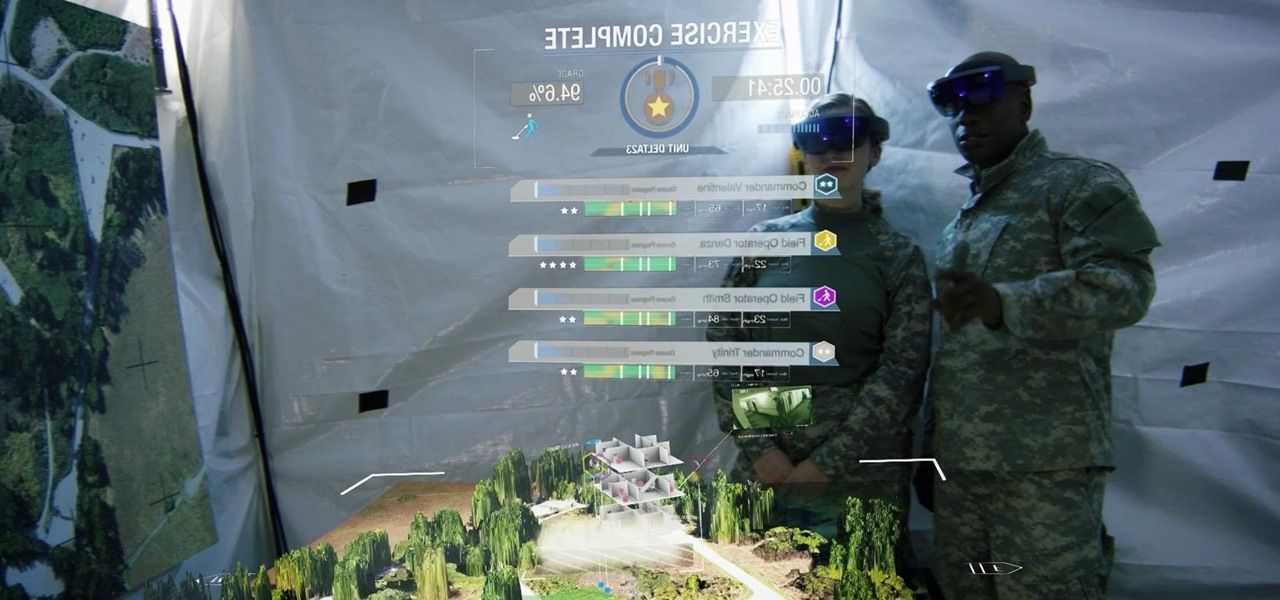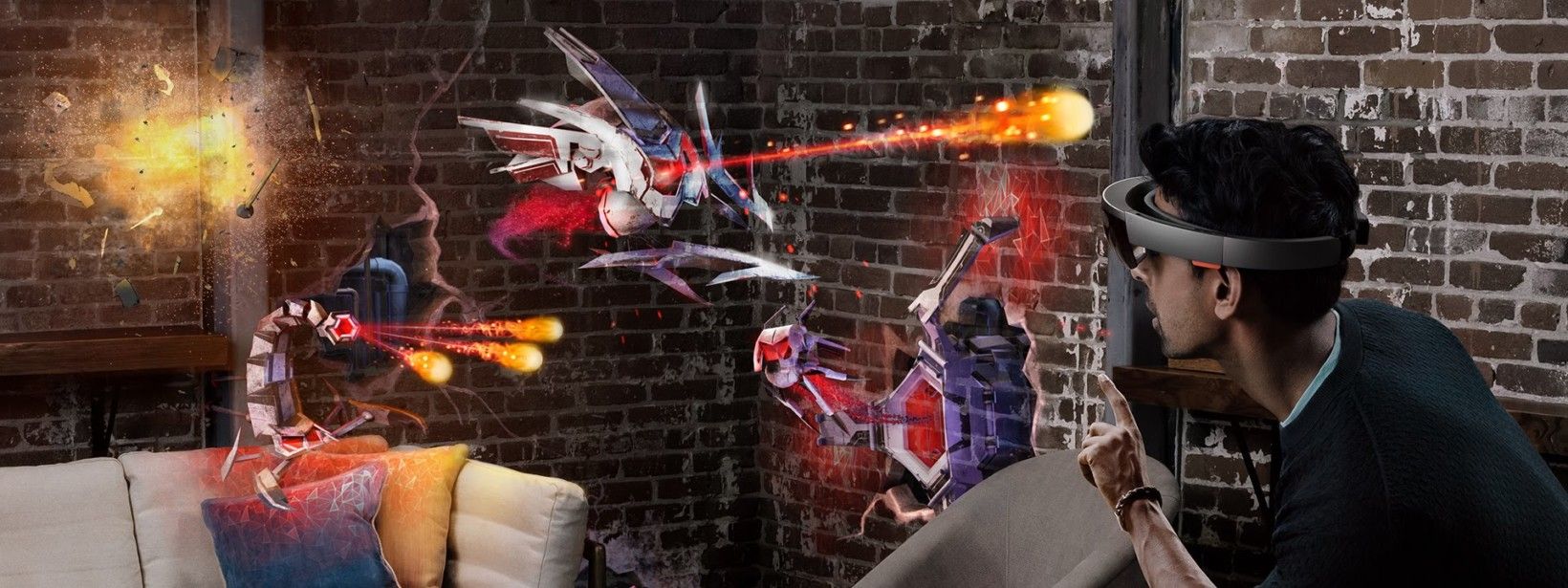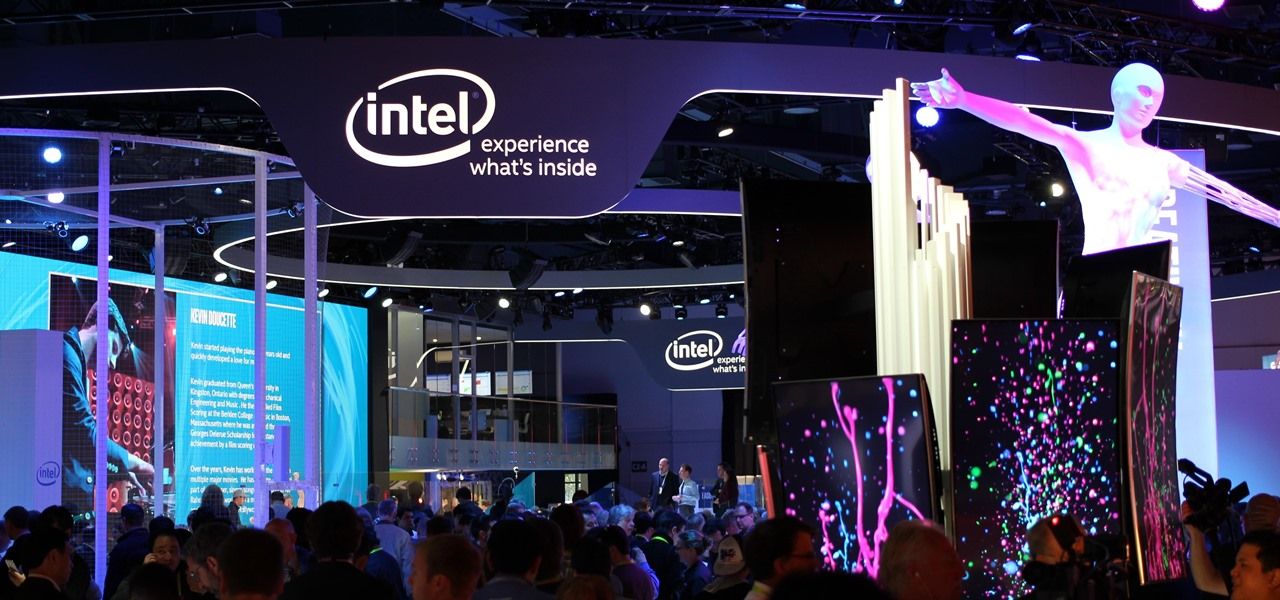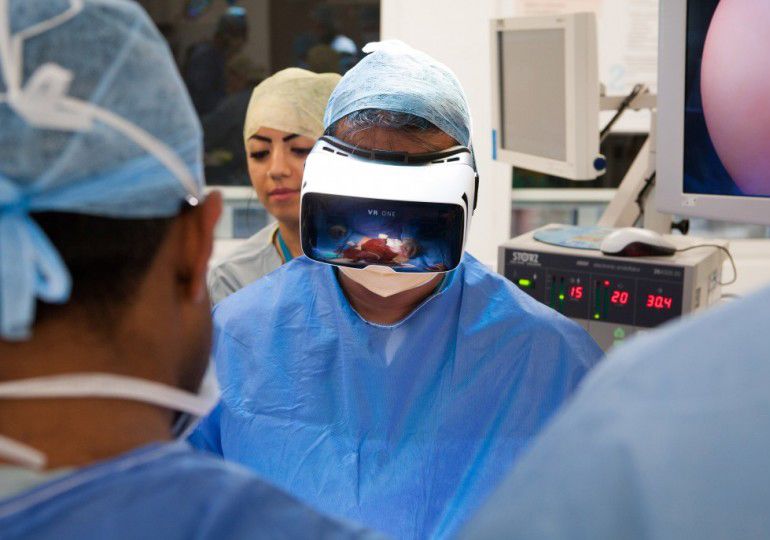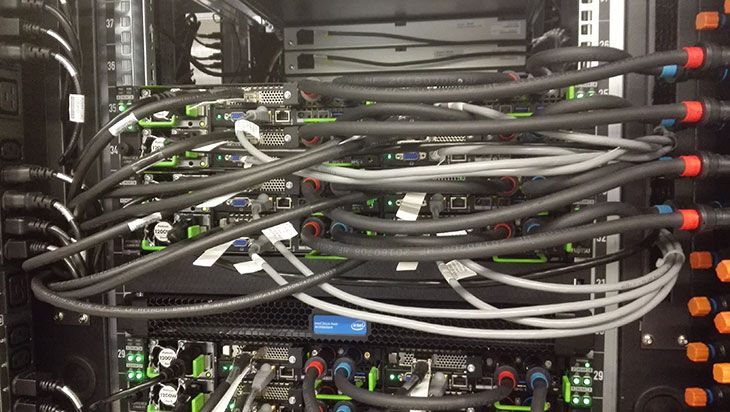Jan 18, 2017
Royal Australian Air Force Using HoloLens to Experiment with Augmented Reality
Posted by Klaus Baldauf in categories: augmented reality, biotech/medical, habitats, military
The limitless applications of 3D data visualization will enable a more efficient approach to many of life’s problems. Each day, developers exploring this technology are finding new ways to solve these problems in mixed reality; 3D modeling, easier house management, spinal surgery, and forest fire management are just a few recent examples of ways 3D data visualization can benefit us all.
The military, on the other hand, has quite a different set of problems to manage.
From a logistics standpoint, there are a lot of moving parts in the military to consider such as personnel, deployment, training, resources, and supply lines, to name just a few things that have to be managed constantly. Here we are talking big-picture ideas that could utilize 3D data visualization from a top-down view. If we scale down to real-time operations for individual missions, there’s recon, intel, tracking, and response, and this list could keep going.
Continue reading “Royal Australian Air Force Using HoloLens to Experiment with Augmented Reality” »
